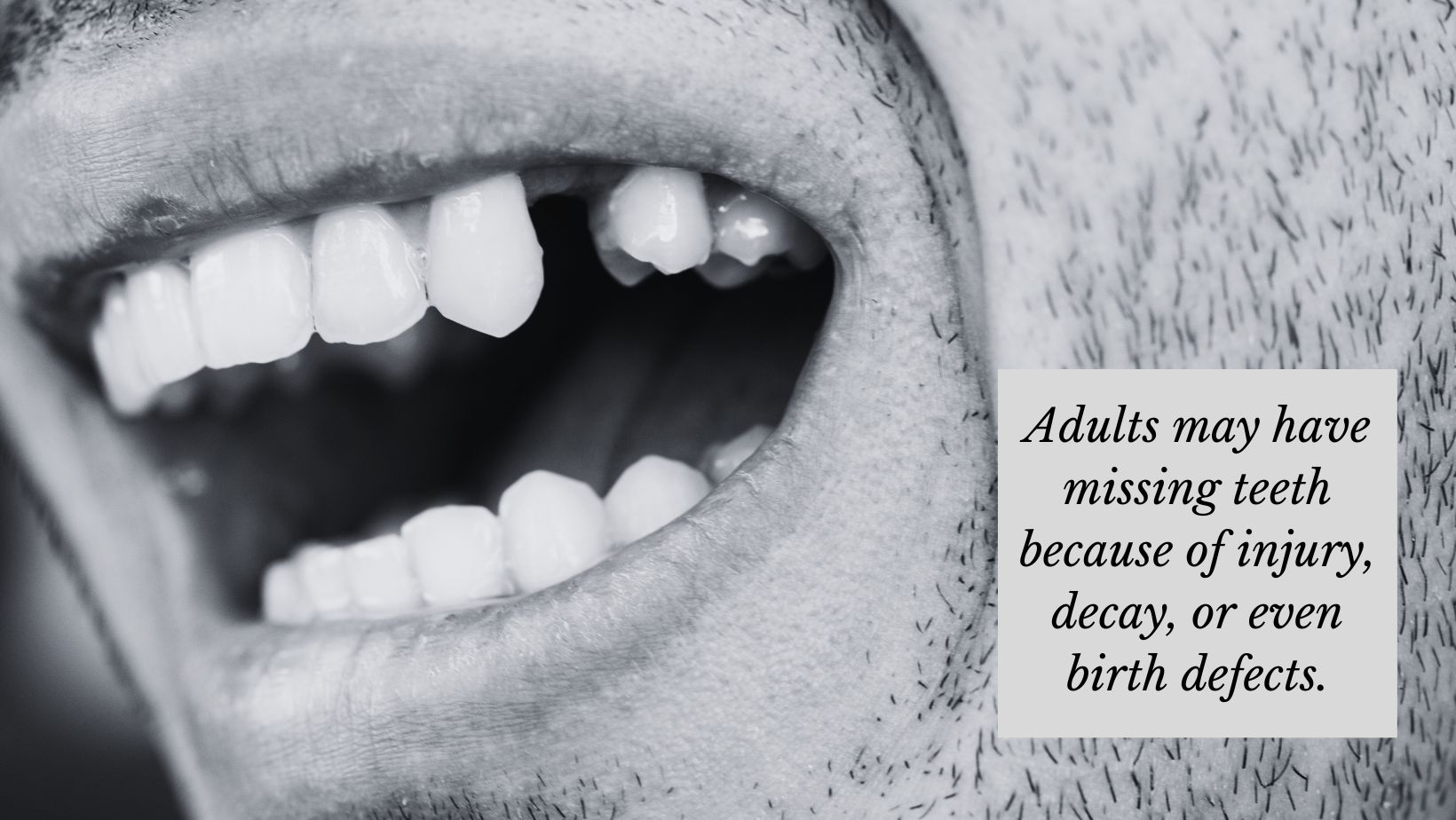If you have recently visited the dentist and they recommended a dental bone graft, you might be wondering what that means. A dental bone graft is a common surgical procedure used to rebuild or strengthen the bone in your jaw. The dentist attaches a small piece of bone or specialized grafting material to the weakened area to reinforce the jaw bone.
Dentists often recommend a bone graft for patients who have bone loss resulting from missing teeth, gum disease, or injuries. If the bone loss is not addressed, patients will not have enough healthy existing bone to support dental implants, tooth replacements, or maintain proper facial structure.
Why Do I Need a Dental Bone Graft?
The underlying reason for needing a dental bone graft is bone loss in the jaw. Bone loss can be the result of a variety of problems, including gum disease, missing adult teeth, or dental trauma. Healthy bone density is required to support dental implants or maintain the stability of existing teeth.
The extra bone material added during a dental bone graft encourages the patient’s body to grow new bone cells to rebuild the area. A bone graft may be recommended for:
Problems with Missing Teeth
Adults may have missing teeth because of injury, decay, or even birth defects. When teeth are missing, the jawbone in the area starts to deteriorate and lose volume since there are no tooth roots to stimulate bone growth. Missing teeth and the resulting bone loss can cause a host of problems that can be addressed with dental plates or a combination of dental bone grafts and dental implants.
Preparation for Dental Implants
Dental implants are a popular and effective solution for replacing missing teeth. They consist of a metal post topped with an artificial tooth. Since the post is embedded directly in the jaw bone, the bone must first be healthy and stable. If there is not enough healthy existing bone, implants cannot properly fuse to the area.
For patients with significant bone loss, dentists often recommend a bone graft for dental implants to build up the jawbone before the procedure.
Preservation of Facial Structure
The jawbone plays a crucial role in supporting a patient’s facial structure and preventing cheeks and lips from collapsing. A dental bone graft can help preserve the natural contours of the face by maintaining adequate bone volume in the jaw.
Treatment of Gum Disease
Advanced gum disease (called periodontitis) can lead to bone loss around the teeth. Left untreated, it can eventually cause the teeth to become loose or fall out. In some cases, a bone graft may be necessary to repair the damage and restore the health of the jawbone.
How Does a Dental Bone Graft Work?
During dental bone graft surgery, the dentist takes some bone material and grafts (or attaches) it to the patient’s jawbone. This extra bone material encourages the body to grow new bone cells in the affected area to make the bone stronger.
The type of material used in a dental bone graft varies. Sometimes the dentist takes some bone from another area of the patient’s mouth or body. Or, they may use bone grafting particles from a tissue bank, where donated bone tissue is tested rigorously for safety before use. Artificial bone-substitute materials are also an option nowadays.
The grafting material itself doesn’t actually become the new jawbone. Instead, it provides a framework that allows the patient’s body to build new bone cells of its own around it. Over time, the patient’s body will replace the grafted material with fresh bone.
Some bone grafts only require minor oral surgery, but more complex cases may need a more involved procedure done in a hospital. The dentist will go over all the details based on the patient’s specific situation and needs.

What to Expect During a Dental Bone Graft
The bone graft procedure involves careful planning, anesthesia, and post-operative care to ensure the graft attaches to the natural bone successfully. Steps include:
- Consultation and evaluation: Before scheduling the bone graft surgery, the dentist will conduct a thorough examination of the patient’s mouth and jaw using x-rays or other imaging techniques. This helps determine the extent of bone loss and plan the appropriate treatment.
- Bone grafting procedure: First, the patient is given anesthesia so they will be comfortable and pain-free during the procedure. Then, the dentist makes a small incision in the gum tissue to access the area of bone loss. They add the new bone material and secure it in place. In some cases, the dentist places a membrane over the graft to promote healing.
- Healing and recovery: After the surgery, patients may experience some swelling, discomfort, or minor bleeding. This is normal and can be managed with pain medication and ice packs. The dentist will probably recommend a soft or liquid diet for the first couple of days. Bone graft patients should follow their dentist’s post-operative instructions carefully to promote healing and reduce the risk of complications.
Over the following weeks and months, the graft will integrate with the natural bone, gradually strengthening the jaw.
- Follow-up visits: The dentist will schedule follow-up appointments to monitor progress and ensure that the bone graft is healing properly. Depending on the patient’s treatment plan, additional procedures such as dental implants can be scheduled once the jawbone has fully healed. Healing from a dental bone graft usually takes between three to nine months.
A bone graft creates a strong foundation for future dental work and helps restore the function and appearance of the teeth and jaw. To find a dentist who specializes in bone grafts near you, try our online search tool.


